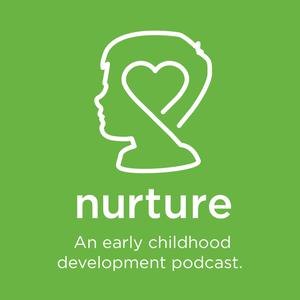
Nurture – An Early Childhood Development Podcast
Mark Gardner, LCSW
Best practices for early childhood professional and parents of young children
- 47 minutes 47 secondsNP 03 – Multiple Intelligences in the Classroom with LuAnn Carrig, Preschool Director and Professional Development ProviderLuAnn Carrig talks about Multiple Intelligences in the classroom…
Multiple Intelligences is an idea & theory created by Dr. Howard Gardner that looks at humans as having many ways of being intelligent. This is in contrast to just looking at intelligence as a thinking or cognitive ability, commonly summed up as our IQ. A “multiple intelligences”’ perspective includes considering children’s and adults’ other abilities that impact our functioning, like our kinesthetic, interpersonal, and artistic intelligences, among others.
 LuAnn Carrig, a Northern Virginia preschool director & professional development provider, outlines the eight (8) intelligences and discusses how to integrate these into daily practices in the classroom. To do this, she recommends that teachers understand their own intelligences’ profile (click link to go to self-assessment) and then, through careful observation, get to know the intelligences’ profiles of the children in their classroom.
LuAnn Carrig, a Northern Virginia preschool director & professional development provider, outlines the eight (8) intelligences and discusses how to integrate these into daily practices in the classroom. To do this, she recommends that teachers understand their own intelligences’ profile (click link to go to self-assessment) and then, through careful observation, get to know the intelligences’ profiles of the children in their classroom.Thereafter, teachers can create activities and experiences that fully integrate all the different ways children learn. This not only leads to children who feel respected and valued for who they are, but helps children behave better and learn to love learning & school.
LuAnn has many years of experience as a preschool teacher and is currently director of St. Paul’s Lutheran Church Preschool in Falls Church, VA. Additionally, she provides professional development seminars on this topic (see more below).
She has provided one of her handouts called the “Multiple Intelligences Pie” for those in the listening audience who are more visually oriented and who might want to follow along during our conversation.
See below for this document and for links to other resources LuAnn mentions in the show. To get in touch with LuAnn, please email her at [email protected].
After our conversation about multiple intelligences, LuAnn and I talk a bit about how she got into teaching and some of her greatest influences as a teacher.
If you have any questions or comments about this episode, please email me at [email protected] or visit the web site nurturepodcast.com.
Links for topics in this show
Dr. Howard Gardner’s website:
http://howardgardner.com/multiple-intelligences/Dr. Howard Gardner’s answers to frequently asked questions about Multiple Intelligences
Books by Dr. Thomas Armstrong (link to his profile & books on Amazon)
- Seven Kinds of Smart – Identifying and Developing Your Multiple Intelligences
- Multiple Intelligences in the Classroom
- You’re Smarter Than You Think – A Kid’s Guide to Multiple Intelligence
Starting with Stories – Engaging Multiple Intelligences Through Children’s Books ( Amazon link)
by Pamela Schiller and Pat PhippsLuAnn’s bio
LuAnn Carrig is a native Washingtonian! She and her husband Bob live in Arlington and have 6 adult children and 6 grandchildren. Together they adopted 4 of their children when the children were ages 12, 10, 8 and 4. The rewards of adoption have been great however they both found that adopting older children has its challenges
LuAnn holds a degrees in vocal performance and in early childhood development with an emphasis in education (having attended Longwood College and Northern VA Community College). She has worked in the public school setting as well as the private setting and is currently working in a religious exempt preschool as the director for St. Paul’s Lutheran Preschool in Falls Church. LuAnn currently serves on a Neighborhood School Readiness Team and as the secretary for the NVAEYC Board.
Loading...
Taking too long?
Reload document |
Open in new tab
Music: “Prelude No. 4” by Chris Zabriskie, on Preludes, 2009
[contact-form]
16 October 2015, 9:25 pm - 55 minutes 56 secondsNP02 – Autism Treatment Program, Together for Success at Family Compass Utilizes “Contextual Thinking”Dr. Moshe Shtuhl and Mr. Joshua Metz from Family Compass, a psychological services organization in Reston, VA, talk about their autism treatment program, Together for Success. In addition to describing their program, we speak about how they utilize an idea called “contextual thinking” to help children with autism and their parents interact more effectively.
 Dr. Moshe Shtuhl and Mr. Joshua Metz, Together for Success Program, Family Compass
Dr. Moshe Shtuhl and Mr. Joshua Metz, Together for Success Program, Family Compass
After discussing some of their program’s theoretical underpinnings, they outline a number of strategies that involve “contextual thinking,” which, fundamentally, is the abililty to understand what is being said or is happening around you – the context, and being able to flexibly respond, behaviorally or verbally, as that context changes.
For example, if you say to someone, “I’m cold,” and she says, “It’s the hottest day ever,” how do you adjust your response to what may have been an unexpected comment.
This conceptual framework is the scaffolding for the many techniques they use to help children and parents improve the length and complexity of their back and forth interactions, thus increasing the child’s (and parent’s) skill set to have more engaging and fruitful relationships.
In this episode, they describe how to “follow a child’s lead” – how to join a child in play or interaction, even if it what they are doing doesn’t look like play.
Dr. Shtuhl and Mr. Metz leverage children with autism’s abililties to notice changes in sound and movement to bolster interactions. You’ll hear them demonstrate how pairing a sound with a hand movement can get a child’s attention and lead to more back and forth interactions.
They discuss how to “dial up” or “dial down” the expectations for the amount of and quality of responses from a child, adjusting the “contextual load” of interactions, in order to get in synch and help a child progress.
Also, they’ll demonstrate how to interfere with what a child is doing in a playful way, using, what they call “playful obstructions”.
I’d love to have your feedback about what you heard, if you have any comments or questions, what you’d like to hear more of from Dr. Shtuhl and Mr. Metz, and if you have any other topics or guests you’d like to hear on the show. Please use the contact form below or email me at [email protected]
One can subscribe to Nurture by clicking the iTunes and Stitcher Radio buttons on this page. This will allow you to listen to the show on your smartphone or tablet via the Podcast or Stitcher Radio apps.
You can also follow me on Twitter, where I’m @NurturePodcast.
Thanks for listening.
Links to some of the topics mentioned in the show:
Autism as Context Blindness by Peter Vermeulen
Music: “Prelude No. 4” by Chris Zabriskie, on Preludes, 2009
[contact-form]
11 March 2015, 1:36 pm - 1 hour 1 minuteNurture Episode 1 – Dr. Karin Varblow’s Know/Go Model for Children with ADHD
 Dr. Karin Varblow, a pediatrician who specializes in treating children with ADHD, talks about how she developed her Know/Go model for understanding how the ADHD brain works.
Dr. Karin Varblow, a pediatrician who specializes in treating children with ADHD, talks about how she developed her Know/Go model for understanding how the ADHD brain works.
In addition to outlining how this can help all of us understand and support children who have ADHD, she explains how this helps us have more empathy for them and use more effective strategies in our daily lives with them.
More information about Dr. Varblow can be found at her website, www.drkarinmd.com.
She also recommends (and I second) folks who are interested in learning more about ADHD to go to CHADD’s website. CHADD stands for Children and Adults with Attention-Deficit/Hyperactivity Disorder and is an organization that provides education, support and advocacy for individuals with ADHD, as well as for their families. Their web site is www.chadd.org.
Please let me know what questions you have for Dr. Varblow, as she has agreed to return to answer them, as well as to discuss additional topics. You can enter your question at the bottom of this post/page.
Please use the share buttons on the bottom of this post if you’d like to send this to a colleague, friend or family member.
Also, please subscribe to my show in iTunes or Stitcher so you can listen on your mobile device or computer much more easily.
Below are the two slides of the Know/Go model.
Thanks for listening!
Music: “Prelude No. 4” by Chris Zabriskie, on Preludes, 2009
Loading...
Taking too long?
Reload document |
Open in new tab
[contact-form]
5 March 2015, 10:40 pm - More Episodes? Get the App
Your feedback is valuable to us. Should you encounter any bugs, glitches, lack of functionality or other problems, please email us on [email protected] or join Moon.FM Telegram Group where you can talk directly to the dev team who are happy to answer any queries.
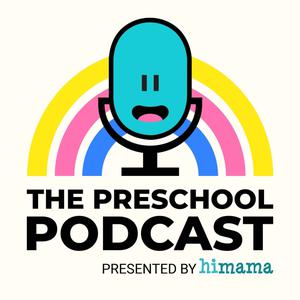 The Preschool Podcast
The Preschool Podcast
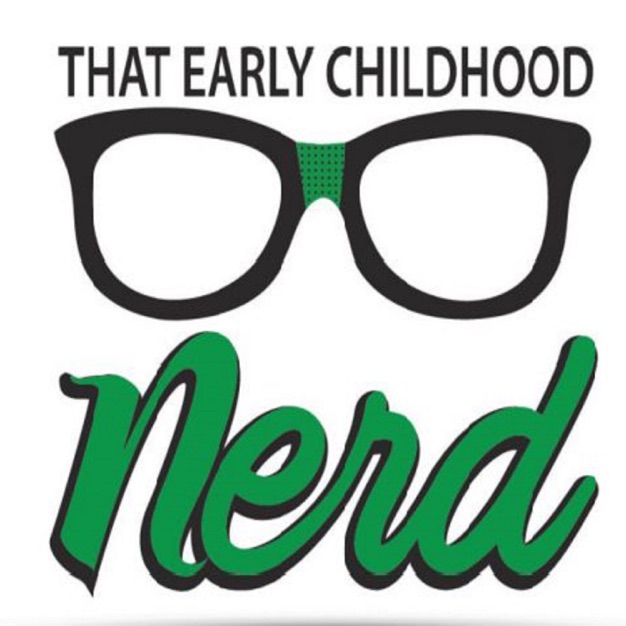 That Early Childhood Nerd
That Early Childhood Nerd
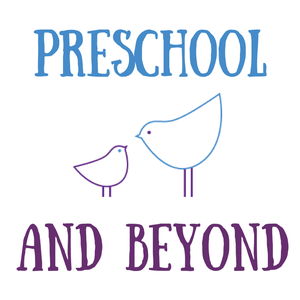 Preschool and Beyond
Preschool and Beyond
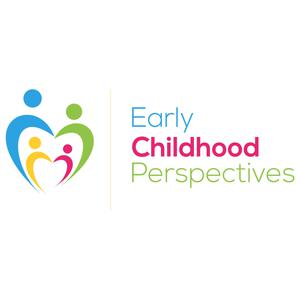 Early Childhood Perspectives
Early Childhood Perspectives
 Not Just Cute, the Podcast: Intentional Whole Child Development for Parents and Teachers of Young Children
Not Just Cute, the Podcast: Intentional Whole Child Development for Parents and Teachers of Young Children
 NAEYC Radio- The National Association for The Education of Young Children
NAEYC Radio- The National Association for The Education of Young Children